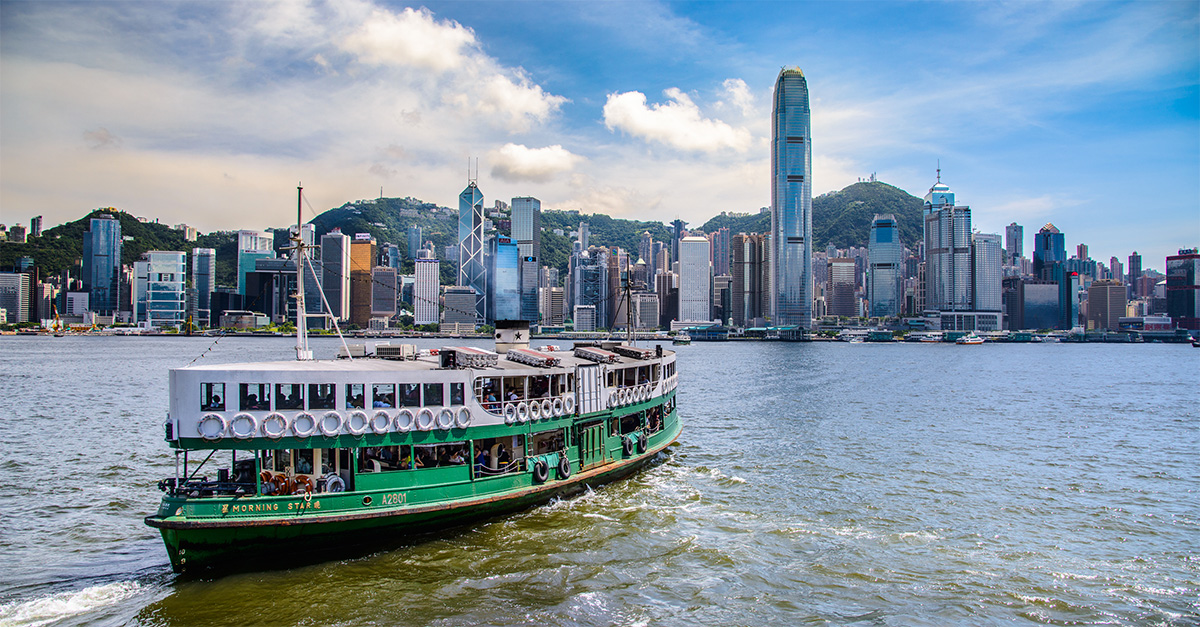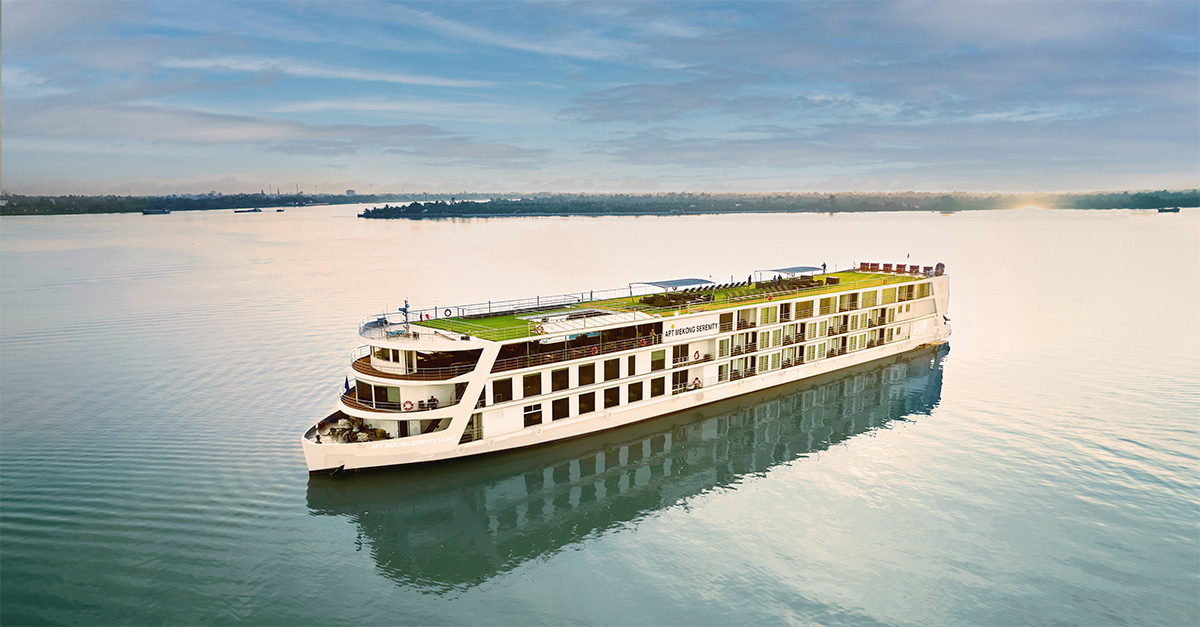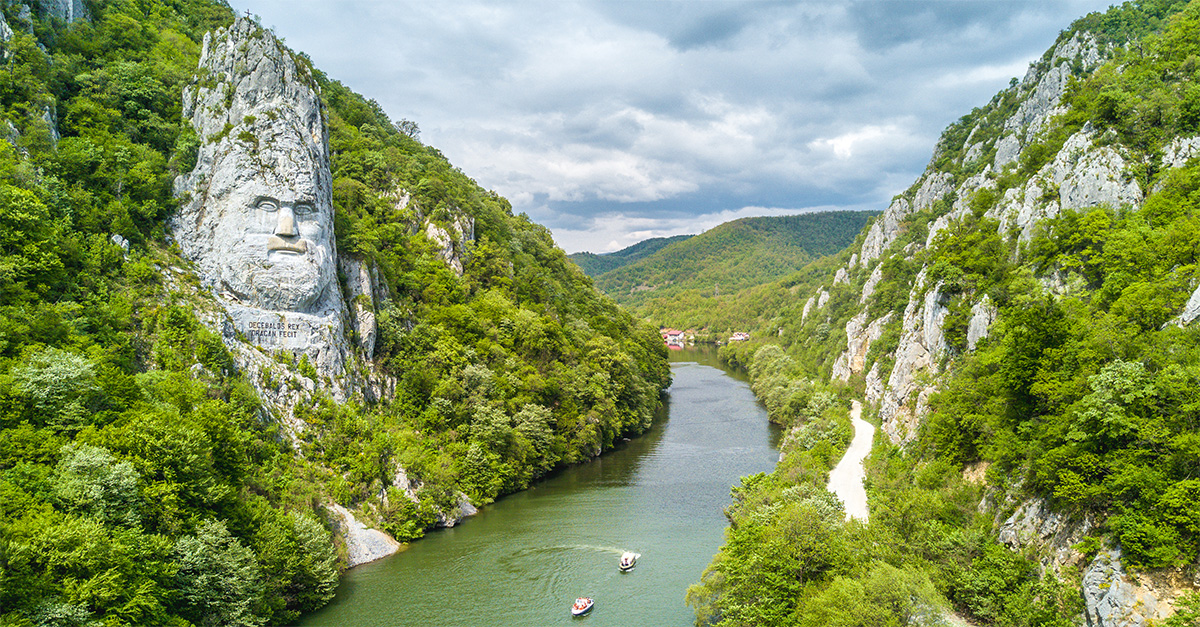Add some colour to your Belgium bookings with David Whitley’s guide to the best cities outside Brussels.
Click here to download and save as a PDF.
The easy accessibility of Brussels via Eurostar has made the Belgian capital one of the easiest weekend breaks of all – but why stop there?
The Eurostar tickets to ‘any Belgian station’ cost just as much as those to Brussels, meaning you can hop on a connection and be in one of Belgium’s other fabulous – and often, grossly underrated – cities in next to no time.
Bruges is by far and away the most popular of these, but it has competition from some of its lesser-known, but no less delightful, neighbours.
Bruges
It would be quite possible to have a delightful time in Bruges without visiting any one particular attraction. It is ruthlessly, unerringly pretty at every turn. Ambling along the cobbles, nipping into cafes for a Trappist-brewed beer and admiring the traditionally Flemish ziggurat-esque building tops is an absolutely legitimate way to spend a weekend. Particularly if you stop at a few chocolate shops – and seemingly every second shop sells chocolate – on the way.
The two traditional ways to see the city are on the boat tours that line up by the canal, and the horse-and-carriage rides that congregate in Markt Square.
This is also home to the city’s landmark 13th-century belfry – it’s a 366-step climb to the top, should you fancy the exercise and the views from the top.
“The demonstrations, including advice on how to spot the best Belgian chocolate by looking at the ingredients, are really illuminating.”
On the northern side of Markt, in a handsome neo-Gothic building, is the Historium. This uses a high-concept approach, trying to convey aspects of Bruges’ history via a story about a day in the life of the city in 1435. It’s told via video projections in several rooms, and although there’s a bit too much focus on storytelling over the more interesting reality, it’s a decent introduction to a once all-conquering trading centre and artistic capital.
A lot of great Flemish Primitive art produced in the 15th and 16th centuries can be found in the Groeningemuseum, which is well worth an hour of anyone’s time.
But it’s the chocolates that are the modern masterpieces. Choco-Story offers a riveting history of the confectionery – from Mesoamerican ritual drink through Spanish royal court treat to modern-day chocolate bars. The demonstrations, including advice on how to spot the best Belgian chocolate by looking at the ingredients, are really illuminating.
The same company also does a similar thing with potatoes at the Frietmuseum, and diamonds at the Diamond Museum.
Stay: The exterior of the Hotel Dukes Palace is pure fairy-tale castle, and the interiors are suitably sumptuous as well. Doubles cost from €129.
hoteldukespalace.com
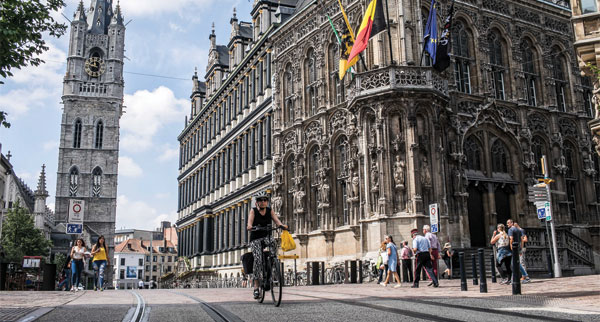
Ghent
Usually passed through on the train to Bruges, Ghent flies somewhat under the radar, but manages to be astonishingly pretty without nearly as many tourists to battle through. There’s also a big food scene, especially for vegetarian restaurants.
Think of Ghent as Bruges’ cooler cousin, and you’re not too far wrong.
It has its own belfry too – a lift goes part of the 91 metres up. Check out the enormous bells and mechanical drum as you climb to reach the top.
“Top off a wander round the turrets by looking at the grisly displays of torture implements inside.”
Other attractions include the somewhat disjointed Design Museum, which flits between modern gallery spaces full of gorgeous art nouveau glassware, and period rooms. What it excels at is identifying differences in styles – handy for those who don’t know their deco from their rococo.
There’s also the Gravensteen, a proper castle from which you can imagine people in armour pouring boiling oil. Top off a wander round the turrets by looking at the grisly displays of torture implements inside.
Stay: The Ghent Marriott Hotel is an architectural feat, spread across numerous old houses, but topped off with a showy glass lobby wall and roof. Doubles start at €120.
marriott.com
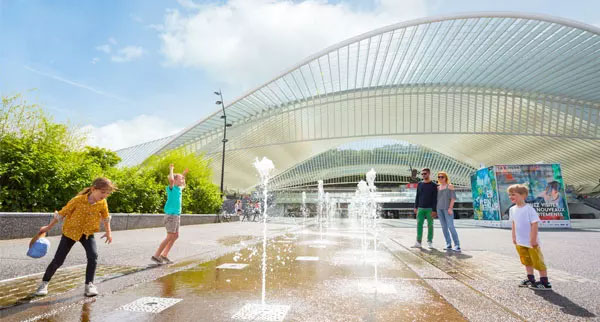
Liege
The most appealing city in Wallonia, the French-speaking half of Belgium, starts off spectacularly. The waving, white roof of the Liège-Guillemins station is a show-stopper that bears the unmistakable hallmarks of its architect, Santiago Calatrava.
From there, the city hugs the Meuse River, occasionally pretty and frequently interesting. One thing that jumps out is the concentration of specialist shops and galleries. It’s the sort of place where every idea has an outlet.
That shines through in Liège’s character – it’s a city with few must-visit attractions that nonetheless feels highly agreeable to hang out in.
In terms of what to see, the Sunday riverside market is full of character, and the nearby Blegny-Mine is a great example of how to do industrial heritage well. Visitors don hard hats and learn about the coal industry as they head deep into the mine.
“One thing that jumps out is the concentration of specialist shops and galleries. It’s the sort of place where every idea has an outlet.”
In the city itself, the most worthwhile attractions are in the old town. The Museum of Walloon Life, inside a former convent, is a good starting point. It looks at the history and heritage of French-speaking Belgium, from the glass industry to the inventor of the saxophone and strange festival costumes. The tiny scale model buildings are the coolest things on display, however.
The major museum – or, rather, conglomerate of separate museums – is Le Grand Curtius. The best sections cover the history of Liège, and some exquisite glass art.
The Musée d’Ansembourg – an impressively extravagant old merchant house – is a few steps away. There’s some gorgeous wooden furniture inside, and the painted leather wallpaper is astonishing.
Stay: The utterly charming Hotel Neuvice is spread over three 18th-century buildings, with wooden beams left intact. But the modern makeover and super-king beds make it feel like a treat. Doubles start at €115.
hotelneuvice.be
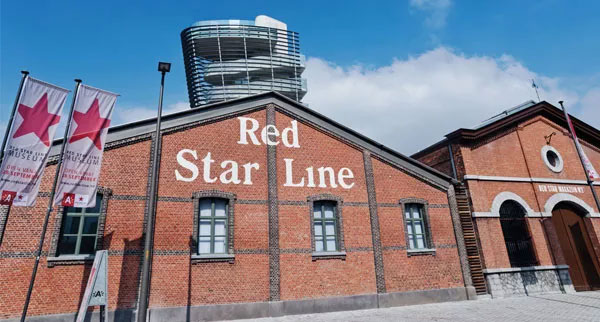
Antwerp
Antwerp is where Belgium switches gear from cosy to edgy. Home to Europe’s second-largest port, the world’s diamond industry and several major fashion designers, it has a big-city energy about it, while being manageably walkable.
There are also several excellent attractions, spearheaded by the Museum Plantin-Moretus. The former home and office of a printing magnate, it’s full of tapestries, Rubens paintings and hugely evocative centuries-old printing presses.
The renovated former docklands area is home to two crackers, the first of which is MAS, a daringly presented museum in a striking tower. It’s highly thematic, delving into topics such as symbols of power and Antwerp’s history as a major port.
“The former home and office of a printing magnate, it’s full of tapestries, Rubens paintings and hugely evocative centuries-old printing presses.”
More gripping, though, is the Red Star Line Museum, which traces the story of the two million-plus people who passed through Antwerp’s port on their way to a new life in North America in the late 19th and early 20th centuries. The museum is in the former HQ of the Red Star Line, and does a great line in personal stories.
Just south of the centre, Sint-Andries is regarded as the fashion district. There are several marvellously independent shops, which dare to be different. Most notable of these is top designer Dries van Noten’s Het Modepaleis, which is splendidly over the top and riotously colourful.
Stay: Opposite the spectacular Antwerpen Centraal station, which should be regarded as an attraction in its own right, the Radisson Blu Astrid is a great option for families. That’s partly because it shares a building with the Aquatopia aquarium, but also because it has a pool – a rarity for Antwerp. Doubles from €127.
radissonblu.com/astridhotel-antwerp
Sample product
Super Break offers three nights’ B&B at the three-star Hans Memling Hotel in Bruges from £259 per person. The price includes Eurostar travel from London and is based on a March 2019 departure.
superbreak.com/agents
Osprey Holidays offers two nights’ B&B at the four-star Ghent River Hotel, from £289 per person. The price includes standard-class Eurostar travel from London, departing November 16.
ospreyholidays.com
Read more
How to spend a weekend in Salzburg, Austria
The best things to see, do and eat in Innsbruck, Austria
The best Christmas markets in Europe

